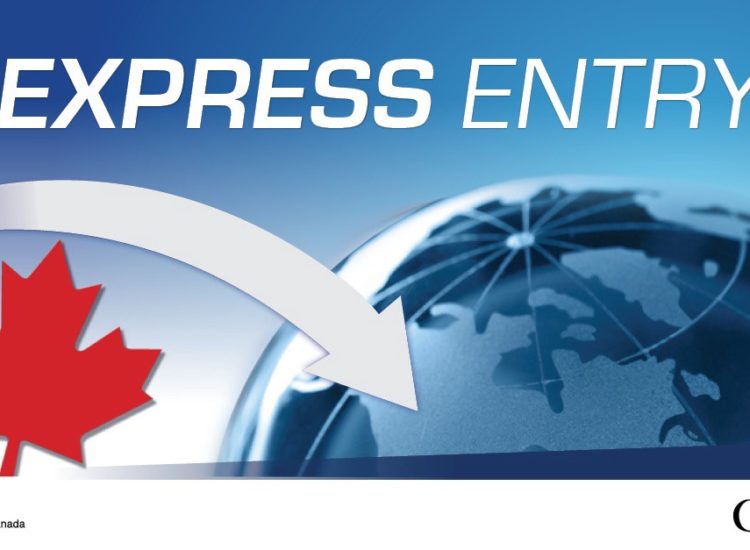
Welcoming 401,000 immigrants this year is a steep mountain for the Canadian government to climb, but it can be done.
The Saturday, February 13 Express Entry draw, which invited a stunning 27,332 candidates to apply for permanent residence, shows that the government is preparing to climb the mountain.
In the months leading up to the start of the pandemic, Canada was inviting around 3,500 candidates per Express Entry draw with a Comprehensive Ranking System (CRS) score requirement in the 470 regions. Towards the end of 2020, Canada broke the Express Entry draw record by inviting 5,000 candidates, a feat which it achieved four times up until Christmas.
Get a Free Canadian Immigration Assessment
It then topped that record by nearly six times when it invited 27,332 candidates to apply for permanent residence on Saturday. In addition to the sheer size of the draw, what was also unusual was the fact the draw had the lowest CRS requirement ever (75 points), and occurred on a Saturday. Draws tend to occur on weekdays when government officials and immigration representatives such as lawyers are working and are able to serve their clients. Clients currently have only 90 days to submit their permanent residence application so each day is precious.
Why IRCC held this extraordinary Express Entry draw
Given the draw’s magnitude, Immigration, Refugees, and Citizenship Canada (IRCC) felt the need to provide their rationale.
IRCC explained that some 90 percent of the Canadian Experience Class (CEC) candidates invited were residing in Canada during the pandemic, and hence, they are less likely than those overseas to face coronavirus-related immigration disruptions.
Once a candidate receives an Invitation to Apply (ITA) for permanent residence, they need to take several steps to complete the immigration process, including collecting and submitting documents, obtaining police and health clearances, submitting their biometrics, and of course, traveling to Canada. Prior to the pandemic, even those in Canada needed to “flagpole” to complete the process (the act of physically crossing the U.S. border, and then doing a U-turn and re-entering Canada to activate their new permanent resident status).
All of this has obviously become more difficult in a world of social distancing, lockdowns, and travel restrictions.




